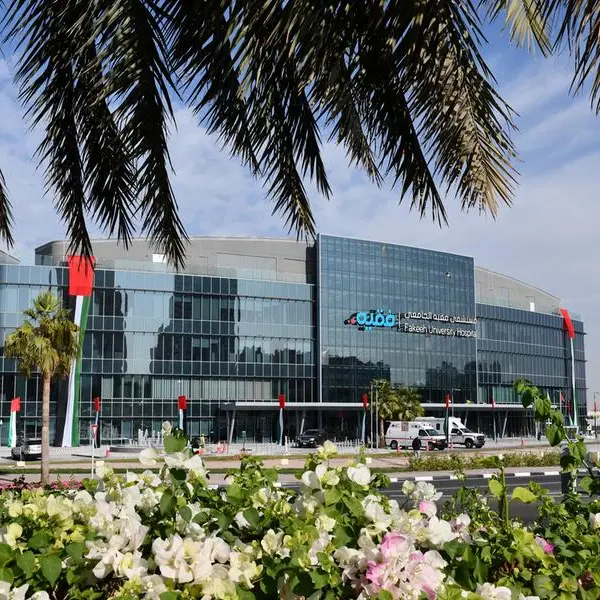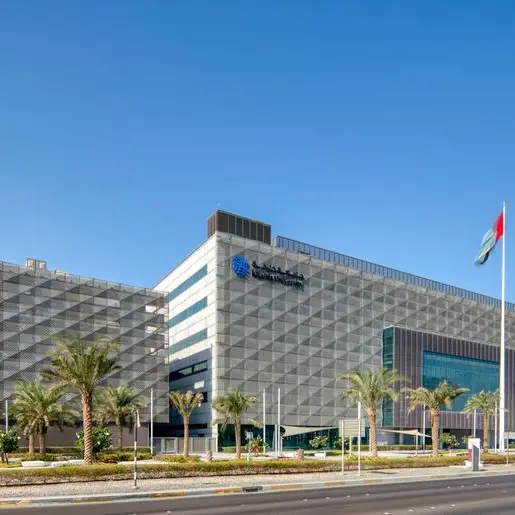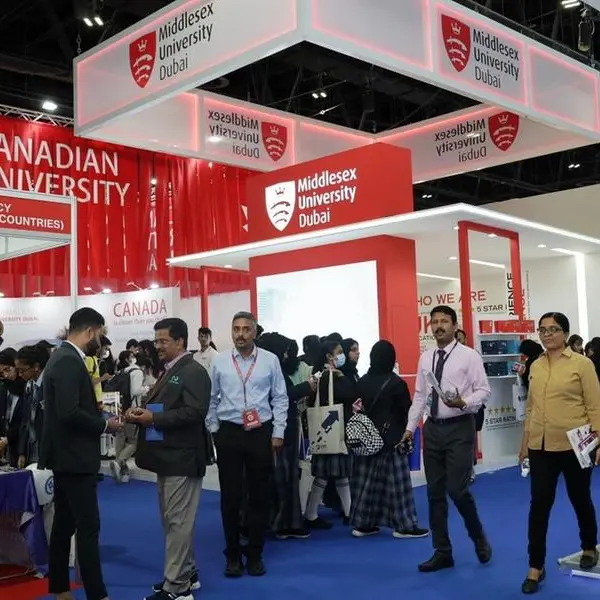The region emerges as a hotspot for mining, encouraging innovations in the chemicals and explosives markets
The rapid growth of the mining industry, especially in Central Africa, is being mirrored in the market for mining explosives and chemicals across Sub-Saharan Africa. Almost 65 percent of major and minor mining firms in the region indicated that they would increase expenditure on explosives and chemicals in 2015, thereby stimulating a tepid market environment.
New analysis from Frost & Sullivan, Strategic Analysis of the Mining Chemicals and Explosives Markets in Sub-Saharan Africa (http://www.frost.com/ma92), finds that the $1.11 billion mining explosives market is expected to reach $1.67 billion in 2020. The mining specialty chemicals market too is anticipated to grow from 127,650 tonnes in 2014 to 203,480 tonnes in 2020.
The mining industry has been propelled by relative political stability in previously volatile regions, such as the Democratic Republic of the Congo (DRC) and northern parts of Zambia, as well as the rising demand for minerals from emerging markets. While this naturally benefits the auxiliary markets of mining chemicals and explosives, the depreciating quality of ore and the need to protect the environment provides a significant boost as well.
“Beneficiation of mineral resources – separating the usable parts of the ore from the unusable – has become a key focus in Africa,” said Frost & Sullivan Chemicals and Materials Research Analyst Lloyd Rubaba. “Countries like South Africa and the DRC are proposing instruments to further encourage the processing of minerals locally, giving a leg up to the domestic chemicals and explosives market.”
However, mining companies still have to combat several challenges relating to infrastructure, logistics, and access to water and electricity supply. In response, market participants are co-locating with mining operations to reduce logistical issues, while mines are implementing in situ water treatment and power generation systems.
Market participants could also consider new business models, such as co-investing with mine operators in water treatment and power assets. They could also create more opportunities for other divisions to cross sell. Diversification into solvent extraction and other technologies to extract more from existing or lower quality ores will also generate opportunities for players.
“African companies are investing in new technologies and global expansion in order to enhance their competitiveness in the wake of intensifying global competition,” noted Rubaba. “Research and development plays a key role in market growth due to the greater complexity of mining operations, variability in ores, and safety and environmental concerns.”
Eventually, market participants are expected to turn to acquisitions and partnerships to bolster their prospects and increase their footprint. Thus, companies that can offer value through their market access, distribution, or technology stand to gain the most from the trend of inorganic growth.
Strategic Analysis of the Mining Chemicals and Explosives Markets in Sub-Saharan Africa is part of the Chemicals & Materials (http://ww2.frost.com/research/industry/chemicals-materials-food) Growth Partnership Service programme. Frost & Sullivan’s related studies include: Key Growth Opportunities in the South African Construction Chemicals Market; Analysis of the Australian Mining Chemicals Market; Future of the Chemicals Industry in Africa; and Analysis of the Offshore Oil & Gas Paints and Coatings Market in Nigeria and Angola. All studies included in subscriptions provide detailed market opportunities and industry trends evaluated following extensive interviews with market participants.
Source: Frost & Sullivan
Copyright © 2021 AfricaBusiness.com - All materials can be used freely, indicating the origin AfricaBusiness.com Provided by SyndiGate Media Inc. (Syndigate.info).











